Rising Incidence of Candidiasis
The Global Candidiasis Therapeutics Market Industry is experiencing growth due to the increasing incidence of candidiasis infections. Factors such as the rise in immunocompromised patients, including those with diabetes and HIV, contribute to this trend. According to health statistics, candidiasis is becoming more prevalent, particularly in hospital settings. This surge in cases necessitates effective therapeutic options, thereby driving demand in the market. As the global population ages and the prevalence of chronic diseases rises, the market is projected to reach 3.72 USD Billion in 2024, indicating a robust need for innovative treatments.
Increased Awareness and Screening
Heightened awareness regarding candidiasis and its associated risks is influencing the Global Candidiasis Therapeutics Market Industry. Educational campaigns and improved screening protocols have led to earlier diagnosis and treatment of candidiasis. This proactive approach is crucial, especially in high-risk populations, as it can significantly improve patient outcomes. The emphasis on awareness is likely to drive market growth, as healthcare systems prioritize the identification and management of fungal infections. As a result, the market is poised for expansion, with a projected CAGR of 5.48% from 2025 to 2035, reflecting the increasing focus on early intervention.
Emerging Markets and Globalization
Emerging markets are playing a pivotal role in the expansion of the Global Candidiasis Therapeutics Market Industry. As globalization increases, access to antifungal therapies is improving in regions that previously had limited options. This trend is particularly notable in Asia-Pacific and Latin America, where rising disposable incomes and healthcare investments are facilitating market growth. The increasing prevalence of candidiasis in these regions further underscores the need for effective treatments. Consequently, the market is likely to witness substantial growth, driven by the demand for innovative therapeutics tailored to diverse populations.
Advancements in Antifungal Therapies
Innovations in antifungal therapies are propelling the Global Candidiasis Therapeutics Market Industry forward. The development of novel antifungal agents, including echinocandins and triazoles, has improved treatment outcomes for patients suffering from candidiasis. These advancements not only enhance efficacy but also reduce the risk of resistance, which is a growing concern in the treatment of fungal infections. As healthcare providers seek more effective solutions, the market is expected to expand significantly, with projections indicating a growth to 6.69 USD Billion by 2035. This trend underscores the importance of ongoing research and development in antifungal therapeutics.
Growing Investment in Healthcare Infrastructure
The Global Candidiasis Therapeutics Market Industry is benefiting from increased investment in healthcare infrastructure across various regions. Governments and private entities are allocating resources to enhance healthcare facilities, which includes improving diagnostic capabilities and treatment options for fungal infections. This investment is particularly evident in developing countries, where access to healthcare is expanding. Enhanced infrastructure not only facilitates better patient care but also encourages the adoption of advanced therapeutics. As a result, the market is expected to flourish, driven by the growing demand for effective candidiasis treatments in these emerging markets.


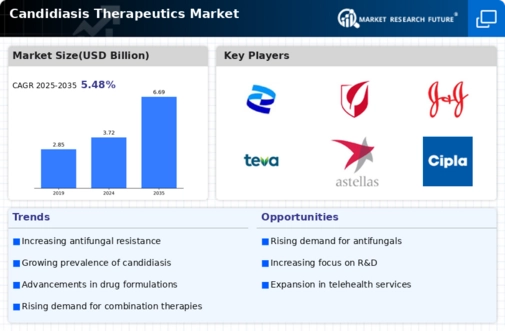
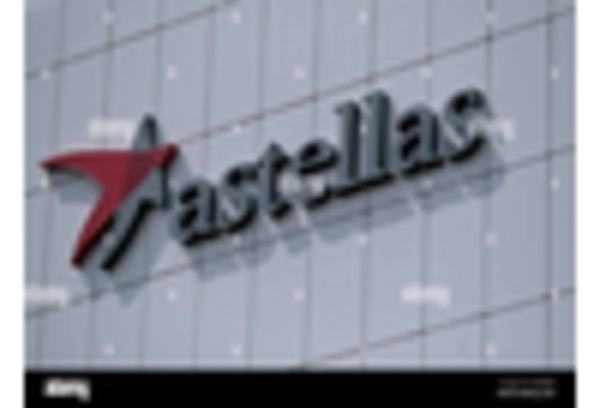
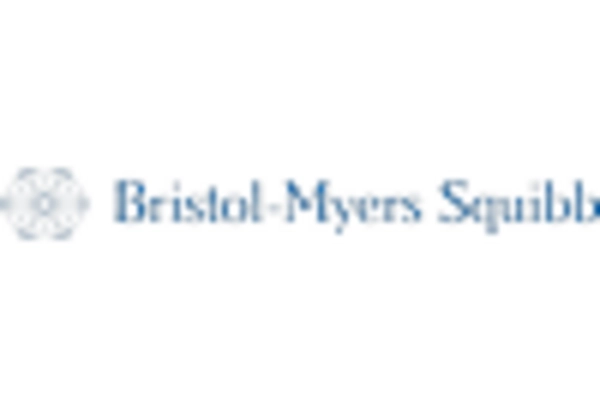
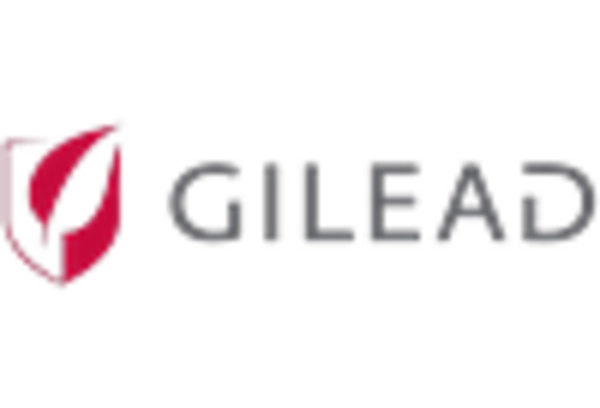
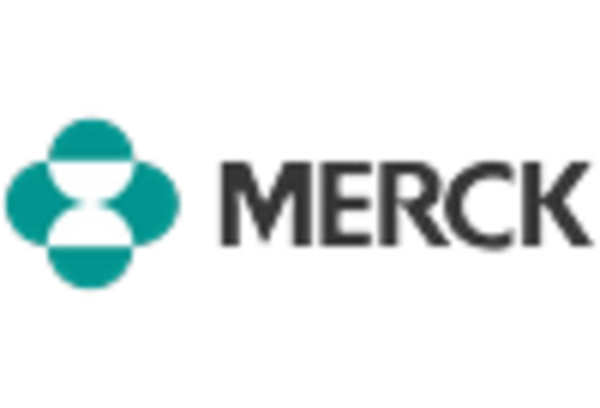
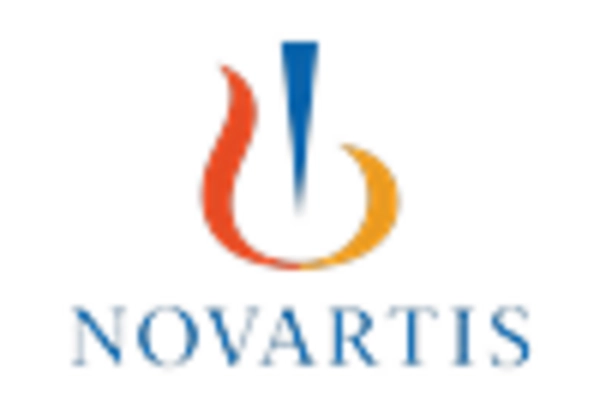









Leave a Comment